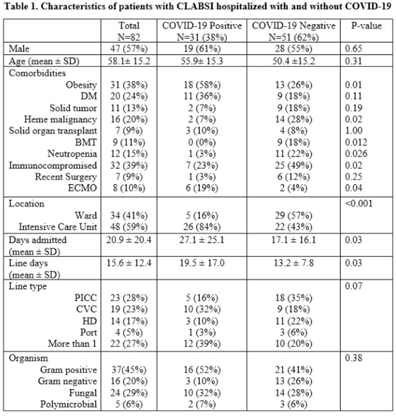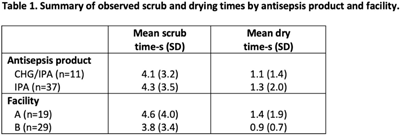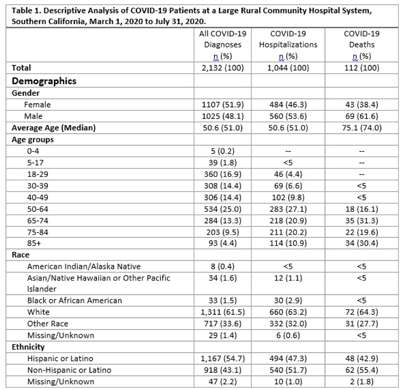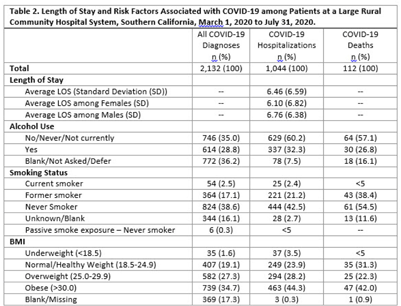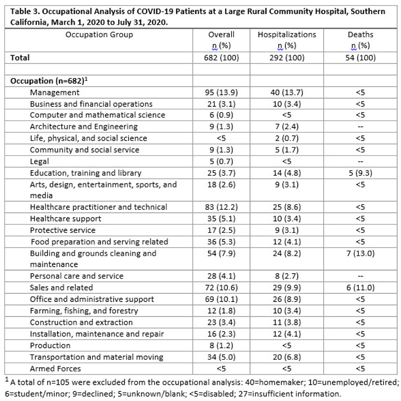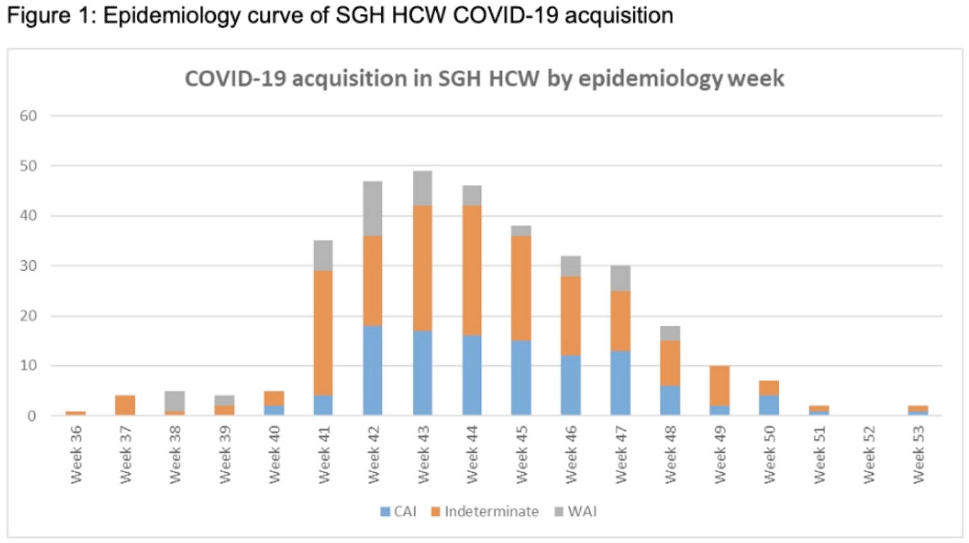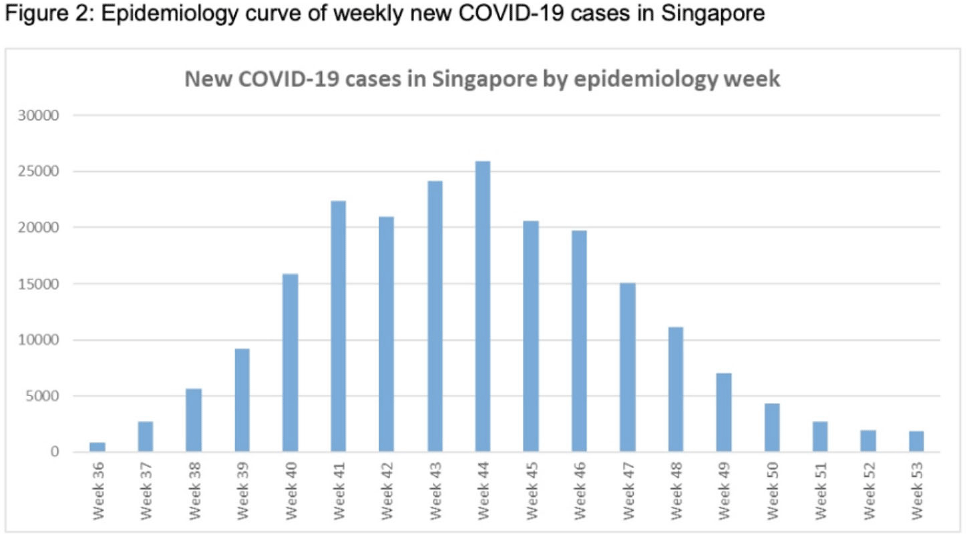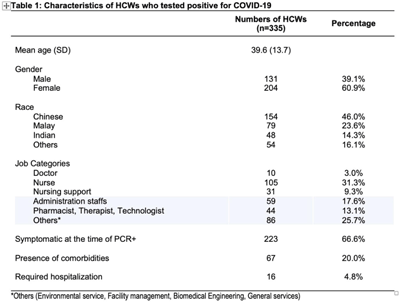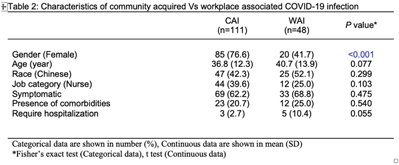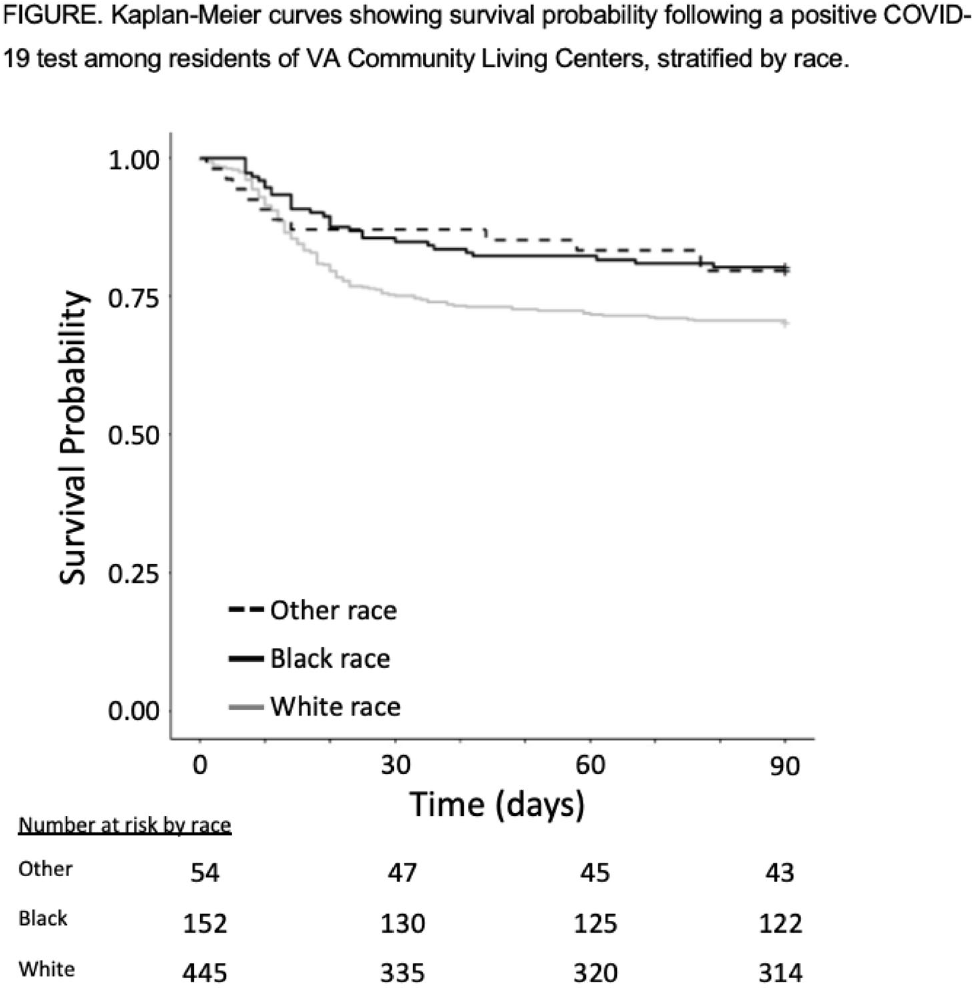Poster Presentation - Poster Presentation
CLABSI
Central-line associated bloodstream infection (CLABSI) in patients hospitalized with COVID-19
-
- Published online by Cambridge University Press:
- 16 May 2022, p. s32
-
- Article
-
- You have access
- Open access
- Export citation
Research Brief
Cross-sectional study of coronavirus disease 2019 (COVID-19) vaccine uptake among healthcare workers
-
- Published online by Cambridge University Press:
- 11 April 2022, e61
-
- Article
-
- You have access
- Open access
- HTML
- Export citation
Concise Communication
Low rates of antibiotic use among ambulatory patients with coronavirus disease 2019 (COVID-19)
-
- Published online by Cambridge University Press:
- 11 April 2022, e62
-
- Article
-
- You have access
- Open access
- HTML
- Export citation
Poster Presentation - Poster Presentation
CLABSI
Human factors analysis of the disinfection of central-line needleless connectors
-
- Published online by Cambridge University Press:
- 16 May 2022, pp. s32-s33
-
- Article
-
- You have access
- Open access
- Export citation
Original Article
Beyond consumption: a qualitative investigation of hospital clinician attitudes to receiving feedback on antimicrobial prescribing quality
-
- Published online by Cambridge University Press:
- 11 April 2022, e63
-
- Article
-
- You have access
- Open access
- HTML
- Export citation
Poster Presentation - Poster Presentation
COVID-19
Perceptions and emotions of infection control team member during the COVID-19 pandemic in Germany
-
- Published online by Cambridge University Press:
- 16 May 2022, p. s33
-
- Article
-
- You have access
- Open access
- Export citation
Epidemiologic risk factors and occupation analysis of COVID-19 cases, hospitalizations, and deaths–southern California, 2020
-
- Published online by Cambridge University Press:
- 16 May 2022, pp. s33-s34
-
- Article
-
- You have access
- Open access
- Export citation
Concise Communication
Blood culture practices in patients with a central line at an academic medical center—Iowa, 2020
-
- Published online by Cambridge University Press:
- 13 April 2022, e64
-
- Article
-
- You have access
- Open access
- HTML
- Export citation
Original Article
Use of ultraviolet light in graduate medical education to assess confidence among residents and fellows in handwashing instruction
-
- Published online by Cambridge University Press:
- 20 April 2022, e65
-
- Article
-
- You have access
- Open access
- HTML
- Export citation
Poster Presentation - Poster Presentation
COVID-19
COVID-19 among healthcare workers of a tertiary-care hospital in Singapore
-
- Published online by Cambridge University Press:
- 16 May 2022, pp. s34-s35
-
- Article
-
- You have access
- Open access
- Export citation
Original Article
Effectiveness of a digital data gathering system to manage the first pandemic wave among healthcare workers in a main European coronavirus disease 2019 (COVID-19) tertiary-care hospital
-
- Published online by Cambridge University Press:
- 20 April 2022, e66
-
- Article
-
- You have access
- Open access
- HTML
- Export citation
Poster Presentation - Poster Presentation
COVID-19
Absence of racial and ethnic disparities in COVID-19 survival among residents of US Veterans’ Affairs community living centers
-
- Published online by Cambridge University Press:
- 16 May 2022, p. s35
-
- Article
-
- You have access
- Open access
- Export citation
Review
Challenges of coronavirus disease 2019 (COVID-19) in Lebanon in the midst of the economic collapse
-
- Published online by Cambridge University Press:
- 21 April 2022, e67
-
- Article
-
- You have access
- Open access
- HTML
- Export citation
Poster Presentation - Poster Presentation
COVID-19
CDC COVID-19 healthcare infection prevention and control assistance to health departments, January 2020–December 2021
-
- Published online by Cambridge University Press:
- 16 May 2022, p. s36
-
- Article
-
- You have access
- Open access
- Export citation
Monoclonal antibody therapy for prevention of severe disease in nosocomial COVID-19
-
- Published online by Cambridge University Press:
- 16 May 2022, p. s36
-
- Article
-
- You have access
- Open access
- Export citation
Review
Antimicrobial stewardship in Latin America: Past, present, and future
-
- Published online by Cambridge University Press:
- 22 April 2022, e68
-
- Article
-
- You have access
- Open access
- HTML
- Export citation
Poster Presentation - Poster Presentation
COVID-19
Challenges in IPC training for non–healthcare workers
-
- Published online by Cambridge University Press:
- 16 May 2022, pp. s36-s37
-
- Article
-
- You have access
- Open access
- Export citation
Original Article
Survey of pharmacists on their roles and perceptions of outpatient parenteral antimicrobial therapy in the United States
-
- Published online by Cambridge University Press:
- 22 April 2022, e69
-
- Article
-
- You have access
- Open access
- HTML
- Export citation
Poster Presentation - Poster Presentation
COVID-19
Mitigation strategies to control a carbapenem-resistant Acinetobacter baumannii outbreak in a dedicated COVID-19 unit
-
- Published online by Cambridge University Press:
- 16 May 2022, p. s37
-
- Article
-
- You have access
- Open access
- Export citation
Commentary
Navigating the 2021 update to the IDSA/SHEA Clostridioides difficile guidelines: An ethical approach to equitable patient care
-
- Published online by Cambridge University Press:
- 25 April 2022, e70
-
- Article
-
- You have access
- Open access
- HTML
- Export citation

